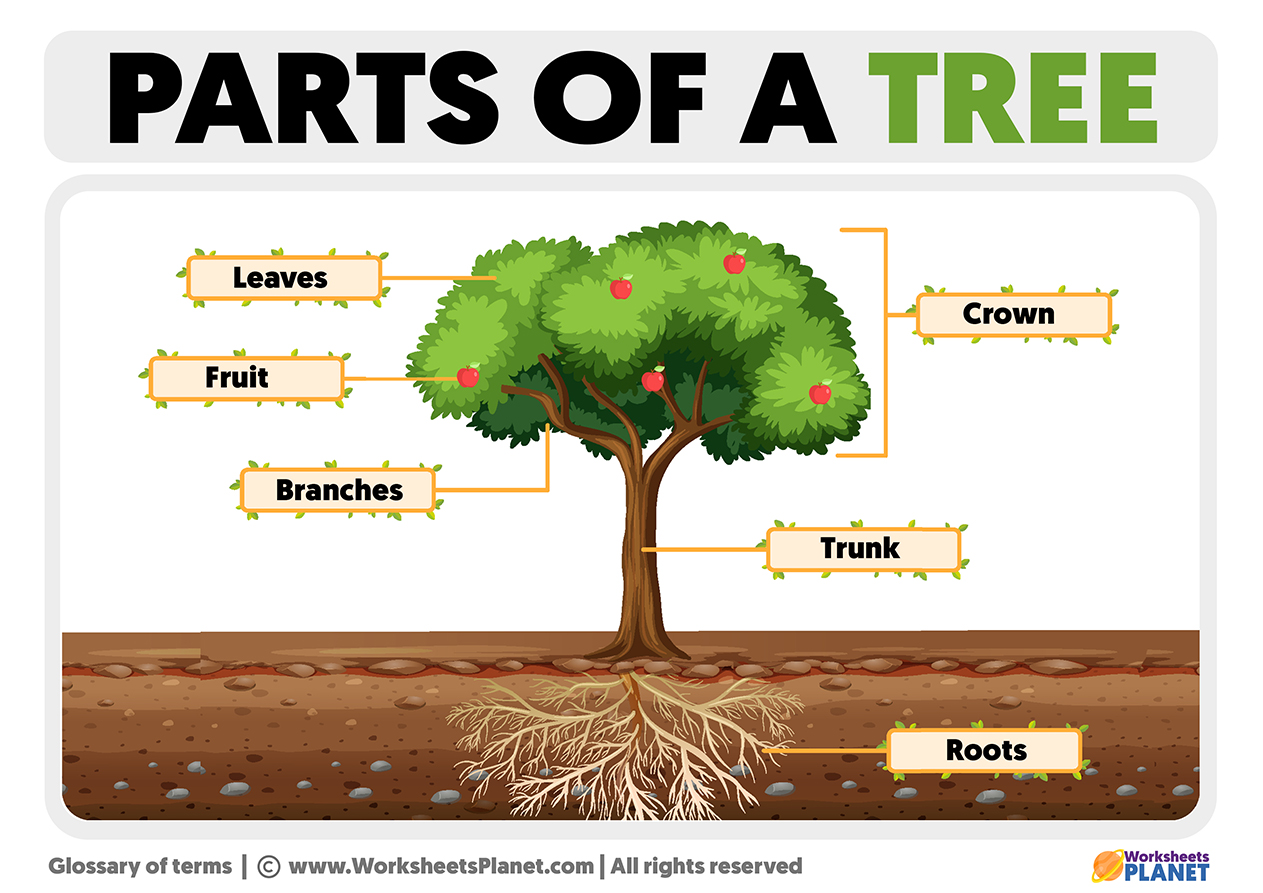The tree is undoubtedly one of the most representative natural elements, especially since it is the most important source of oxygen and life on earth.
The tree is responsible for photosynthesis, absorbing carbon dioxide, and producing oxygen. But it is not the only useful function for our survival. In fact, by exploring the tree’s structure and studying its functions, you will understand how fundamental it is to our lives. Let’s do a quick review of biology!

The trunk: The trunk is the central part of the plant and supports the branches. It acts as a nutrient channel, distributing them throughout the system up to the crown.
Branches are the part of the tree on which the leaves grow. They are wooden structures connected to the central trunk.
The leaves: it is through the leaves that the tree feeds. Its main function is making photosynthesis possible (metabolic processes where light energy converts itself into chemical energy).
The fruits: the fruit is the organ from the flower. Inside them are the enclosed seeds, which will give rise to new plants.
The roots keep the tree well attached to the ground, but not only that, through the roots, the tree absorbs nutrients from the soil in the form of water and mineral salts.

